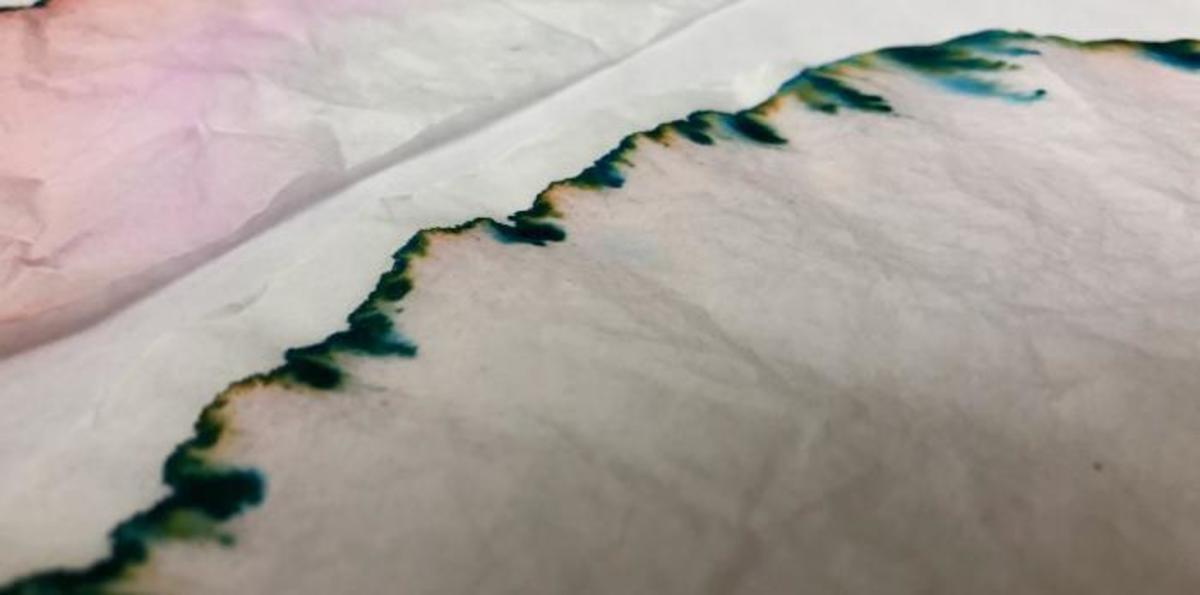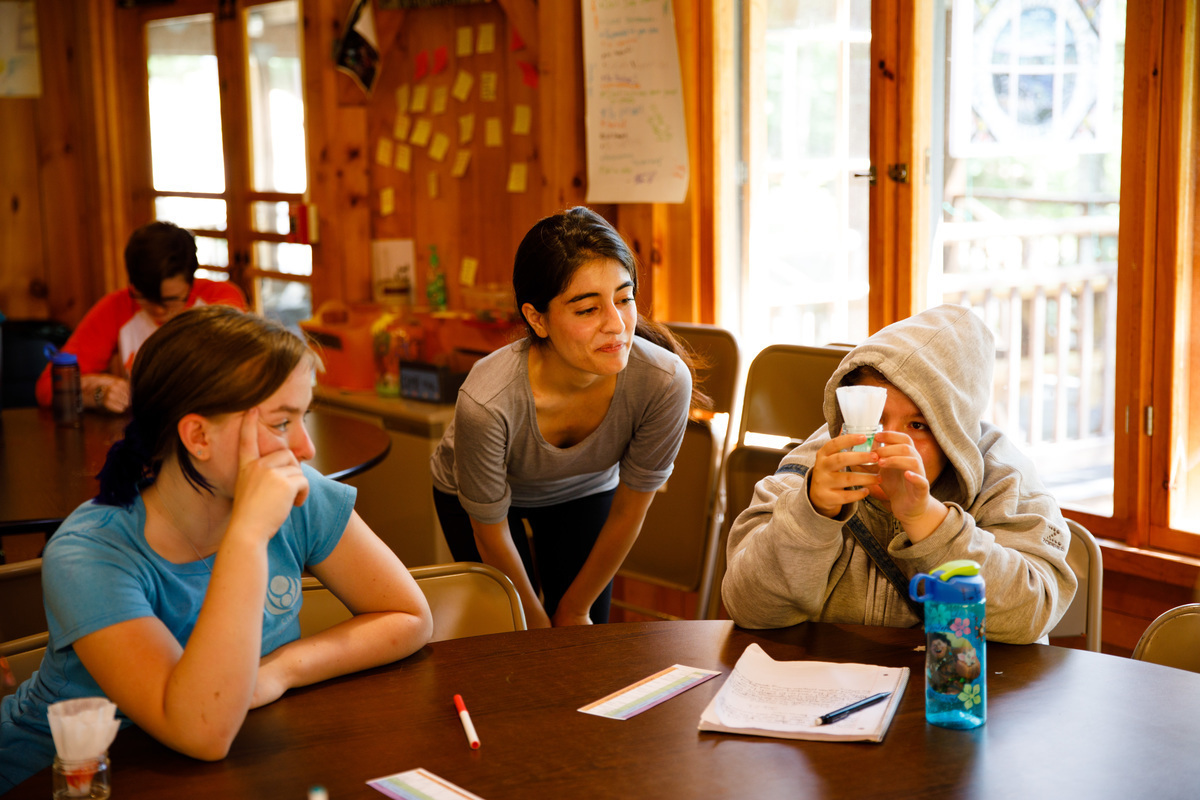From Simple Separations to Complex Questions
From Simple Separations to Complex Questions

Summons Lab member and science writing graduate student Fatima Husain traveled to Groton, NH to meet with girls from the Circle Program to talk about pursuing STEM, geologic timescales, astrobiology, and chromatography.
Each summer, groups of girls from around Groton, New Hampshire gather near the scenic Spectacle Pond to take part in the Circle Program, a program which provides girls from low-income backgrounds with year-round mentorship and a summer camp experience. Throughout the summer, girls camp for weeks at a time, building friendships and the skills to face the academic, social, and cultural challenges in their lives.

Part of the regular camp programming for all the girls involves science. Camp counselors and staff encourage girls to pursue their curiosities in STEM and regularly integrate aspects of the scientific method into camp activities.
Over the past weekend, EAPS Summons Lab member and MIT science writing graduate student Fatima Husain traveled to Groton to meet with 19 middle school girls attending the camp. During her visit, Husain took the students on a journey through geologic time, displaying rocks samples that spanned billions of years of Earth’s history. Some of the samples contained visible fossils, such as trilobites, while other samples contained subtler cues of ancient Earth, like stromatolites. To take their conversation to space, Husain also brought in small meteorites and a tektite formed by meteor impacts. Through the samples, Husain and the girls discussed how Earth evolved since its formation.

To introduce the fields of geochemistry, geobiology, and astrobiology, Husain led the girls through a basic chromatography demonstration to simplify the concept of chemical separation. In the Summons lab, Husain studies ancient lipids, or fats, that contain information about Earth’s past climate. To purify and examine the lipids for analysis, Husain uses many different types of chromatography. While her separations in the lab require advanced techniques and instrumentation, the scientific concepts behind them can be readily illustrated in a STEAM (science, technology, engineering, art, and mathematics) activity. In natural environments, she says, most samples of interest exist as complex mixtures, and separations are performed based on the particular characteristics of the components of interest.
Using low-cost, accessible materials, Husain showed the girls how to separate colors in washable markers with coffee filters and water — to create art while doing science. Dissolved ink traveled up each filter, captivating some girls, who watched deep blues separate into shades of purple, red, green, and yellow. Others performed the demonstration before in school — and for those girls, Husain added a challenge to the mix: comparing how well different solvents separated colors.
Over talks with small groups, Husain queried the girls for unexpected results and hypotheses, and encouraged them to ask questions during and after the demonstration.
By the time the demo and discussion finished, some groups of girls had separated ten marker colors, and some began to create their own color mixtures to separate. One pair of girls commented that they looked forward to continuing the demonstration after the camp and decorating their rooms with the colorful filters.
In the future, Husain hopes to help plan more science activities for girls of all ages with Circle Program staff.
This outreach activity was supported with funding from the NASA Astrobiology Institute MIT Team.
Learn More: